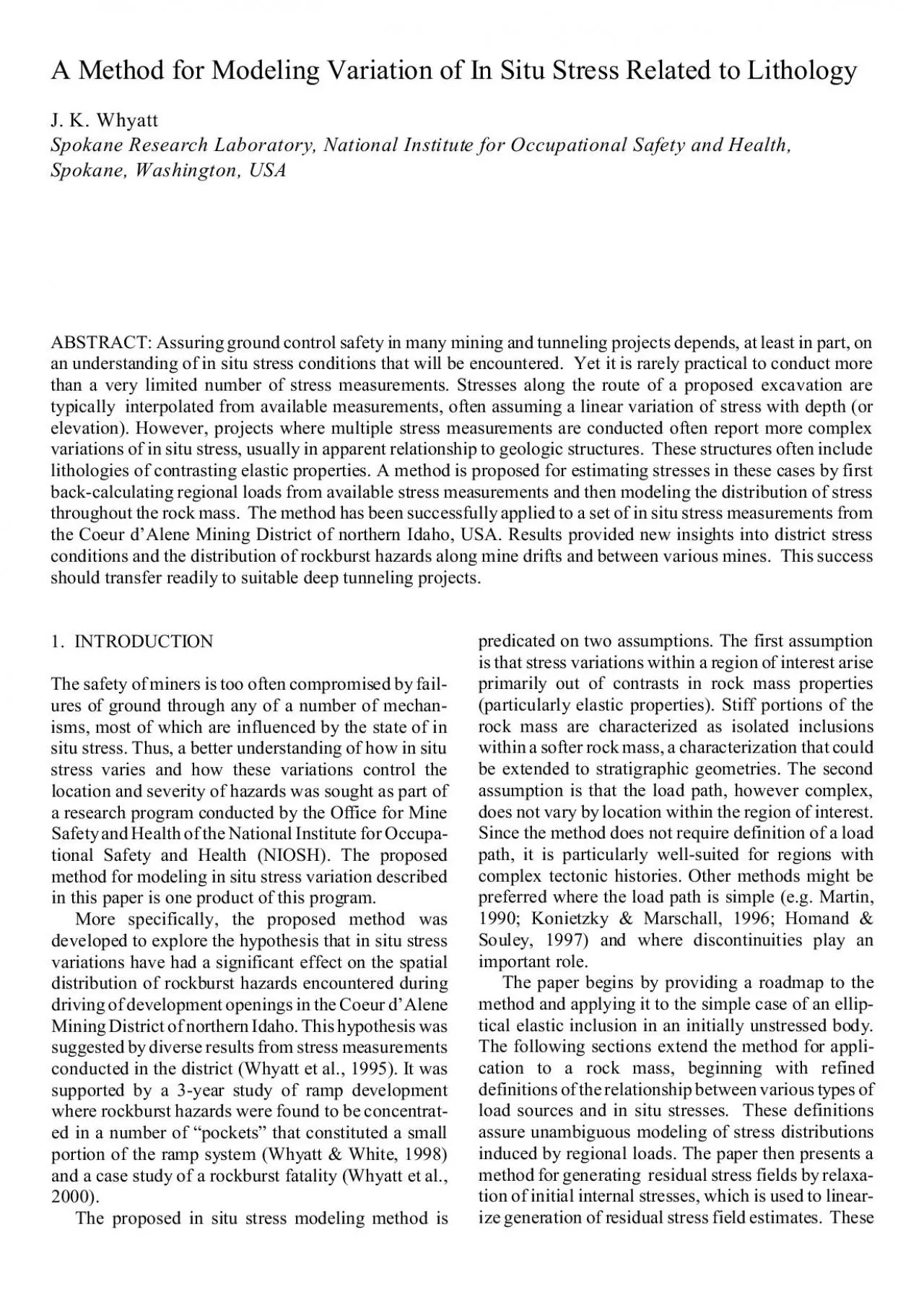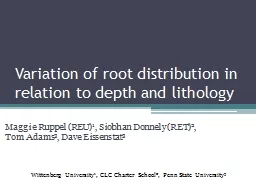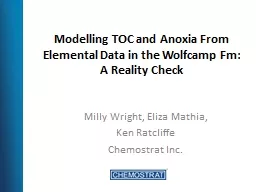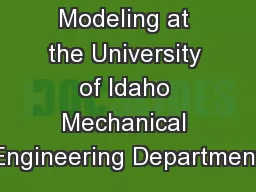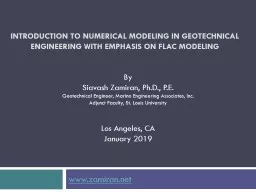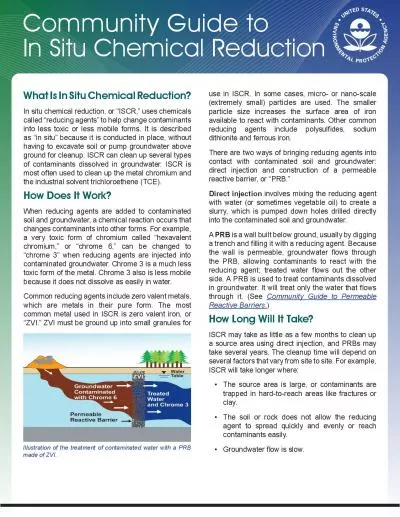PDF-A Method for Modeling Variation of In Situ Stress Related to Lithology
Author : rose | Published Date : 2021-10-01
concepts seeks to define a set of uniform regional loads the rock massperience gained in Finally factors affecting ERVIEW AND APPLICAAN ELLIPTICAL INCLUSION of an
Presentation Embed Code
Download Presentation
Download Presentation The PPT/PDF document "A Method for Modeling Variation of In Si..." is the property of its rightful owner. Permission is granted to download and print the materials on this website for personal, non-commercial use only, and to display it on your personal computer provided you do not modify the materials and that you retain all copyright notices contained in the materials. By downloading content from our website, you accept the terms of this agreement.
A Method for Modeling Variation of In Situ Stress Related to Lithology: Transcript
Download Rules Of Document
"A Method for Modeling Variation of In Situ Stress Related to Lithology"The content belongs to its owner. You may download and print it for personal use, without modification, and keep all copyright notices. By downloading, you agree to these terms.
Related Documents

